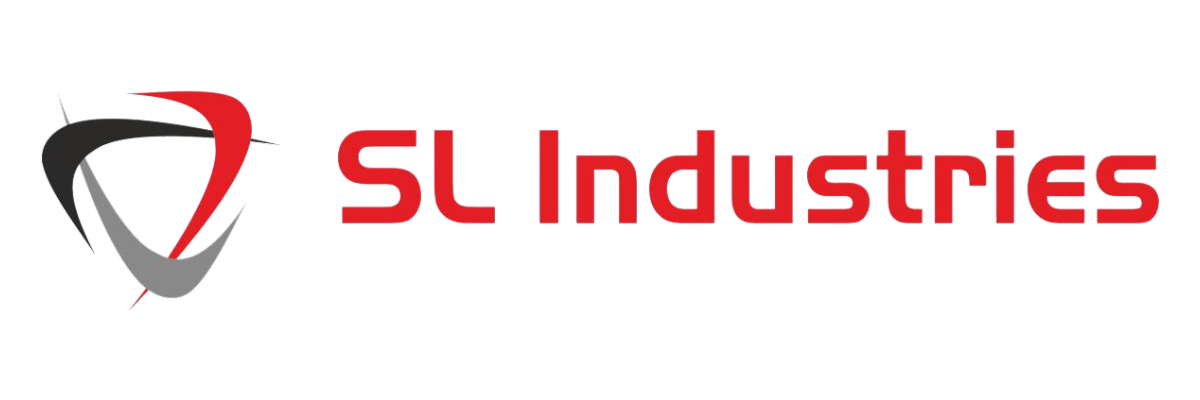Manufacturing organizations are accelerating digital transformation to gain real‑time visibility, shorten changeovers, and improve quality. Achieving these outcomes depends on interoperable data—clean, contextual, and secure—flowing from machines and sensors to MES, QMS, PLM, ERP, and analytics platforms. Two core technologies enable this: OPC UA (rich, model‑centric connectivity) and MQTT (lightweight, event‑driven messaging). Used together, they form a resilient backbone for a connected factory.
Why Interoperability Matters
- Faster decisions: Operators and planners act on current, trustworthy data.
- Lower integration cost: Reusable information models reduce one‑off drivers.
- Traceability & compliance: Context (who/what/when/how) travels with the data.
- Scalability: A publish/subscribe architecture supports growth without rewiring.
OPC UA in a Nutshell
OPC UA (Unified Architecture) provides a standardized, semantically rich address space for machines, lines, and cells. Key features:
- Information modeling: Objects, variables, methods, events; supports industry companion specs (e.g., machine tools, robotics, plastics, packaging).
- Security built‑in: Application certificates, user authentication, encryption/signing.
- Transport flexibility: Client/Server for direct reads/writes; PubSub for efficient broadcast over UDP/TSN, MQTT, or AMQP.
MQTT in a Nutshell
MQTT is a lightweight publish/subscribe protocol optimized for constrained devices and unreliable networks.
- Broker‑centric: Devices publish to topics; subscribers receive only what they need.
- QoS levels: Delivery guarantees from at‑most‑once to exactly‑once.
- Retained messages & LWT: Last known good state and device heartbeat/failover.
- Sparkplug B (profile): Adds state management, birth/death certificates, and a defined topic namespace/payload schema for OT use cases.
OPC UA vs. MQTT: When to Use Which
| Criterion | OPC UA | MQTT |
|---|---|---|
| Primary strength | Semantic models, method calls, browsing | Simple, scalable event streaming |
| Best for | Rich machine/line data, commands, configuration | Plant‑wide telemetry, KPIs, alerts, cross‑site aggregation |
| Security | Built‑in certs and user auth | TLS + broker auth; schema defined by convention (e.g., Sparkplug) |
| Latency/Scale | Great within cells and for deterministic control (with UA PubSub/TSN) | Great for many publishers/subscribers and WAN/cloud links |
In practice: Use OPC UA at the edge for model‑centric access to machines and methods; use MQTT to distribute normalized events to plant, enterprise, and cloud consumers. Gateways can translate OPC UA nodes to MQTT topics and back.
Architecture Patterns
- Edge‑to‑Broker Fan‑out
Machines and PLCs → UA servers → Edge gateway normalizes → MQTT broker(s) → subscribers (MES/QMS/SCADA/historian/analytics). - Unified Namespace (UNS)
A single, agreed topic tree (e.g.,site/area/line/cell/tag) hosts the current truth of operations. Producers publish once; many consumers subscribe. Sparkplug B enforces structure and state. - Closed‑Loop Cells
Within a cell, UA Client/Server (or UA PubSub over TSN) enables deterministic interactions (method calls, setpoints). Summaries and events are published to MQTT for wider visibility. - Hybrid On‑Prem/Cloud
On‑prem broker for operations; bridge selected topics to a DMZ or cloud broker for analytics, digital twins, and fleet benchmarking.
Data Modeling & Topic Design
- Start with semantics: Map equipment to an asset hierarchy (site/area/line/cell/asset).
- Name consistently: Adopt clear, versioned naming for topics/tags (
snake_caseorcamelCase), units, and engineering ranges. - Use companion specs: Where available (e.g., machine tool, robot), mirror objects in OPC UA and serialize to MQTT payloads.
- Payloads: Prefer compact binary or JSON with explicit units, timestamps, quality, and source. Include sequence numbers for gap detection.
Security by Design
- Segment networks: Separate IT/OT zones; enforce least privilege between layers.
- Mutual TLS: Certificates for clients and brokers/servers; rotate and revoke.
- AuthZ/ACLs: Topic‑level access control; limit wildcards in production.
- Zero‑trust posture: Verify device identity and posture before accepting data.
- Audit & monitoring: Log connects/disconnects, publishes, and rule hits; alert on anomalies.
Reliability & Performance
- QoS strategy: QoS 1 for critical KPIs/alarms, QoS 0 for high‑rate telemetry.
- Store‑and‑forward: Buffer at the edge for link outages.
- Time sync: NTP/PTP to ensure comparable timestamps across sources.
- Backpressure & rate limits: Avoid flooding subscribers; throttle by priority.
- High availability: Active/standby brokers; bridge for disaster recovery.
Integration with MES/QMS/ERP/PLM
- Event‑driven MES: Trigger work orders, status changes (start/stop/complete) from MQTT topics.
- Quality loop: Publish inspection/vision/CMM results; consume SPC feedback to adjust offsets.
- Digital thread: Link serial numbers, process parameters, and material lots in payloads for end‑to‑end traceability.
KPIs to Track
- Data freshness (age of information)
- Delivery reliability (QoS success, drops, retries)
- Topic utilization (publish rates, payload sizes)
- System MTBF/MTTR for brokers/gateways
- Consumer lag (processing latency per subscriber)
Implementation Roadmap
- Define the use cases: Alarms, OEE dashboards, recipe distribution, traceability.
- Design the namespace: Agree on the UNS topic tree and naming conventions.
- Select tooling: UA servers/SDKs, MQTT broker (HA), edge gateways, cert management.
- Pilot a line/cell: Map key tags to UA; publish normalized MQTT topics; integrate one consumer (e.g., OEE dashboard).
- Harden & scale: Add security controls, HA, monitoring; onboard more assets and consumers via templates.
Common Pitfalls (and How to Avoid Them)
- Ad‑hoc topics: Enforce the UNS; document and version schemas.
- Over‑the‑fence security: Treat certs/ACLs as first‑class—not afterthoughts.
- Model drift: Automate generation of topics/payloads from the source model.
- Single broker dependency: Design for failover and controlled bridging.
Looking Ahead
Expect wider adoption of OPC UA PubSub over TSN for deterministic cell networks, Sparkplug‑native devices, and streaming analytics at the edge to drive autonomous adjustments. The goal is simple: publish once, consume anywhere—with context and security intact.
At SL Industries, we focus on pragmatic, standards‑based interoperability—linking machines, cells, and enterprise systems so that quality, maintenance, and planning teams work from the same, trusted data foundation.






